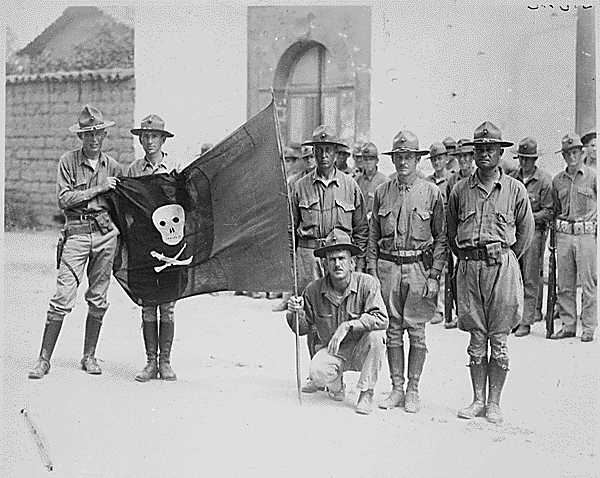New Book from SWJ! The Plutocratic Insurgency Reader
Friday, July 26th, 2019[Mark Safranski / zen]
Plutocratic Insurgency Reader edited by Robert J. Bunker and Pamela Ligouri-Bunker
The newest book published by Small Wars Journal contains 376 pages of essays by 15 contributors, a foreword by Nils Gilman and conclusion by longtime criminal insurgency analyst John Sullivan. What is a “plutocratic insurgency” you ask?
The plutocratic insurgency concept dates back to 2011 and has been influenced by earlier work done by John Robb (Onward to a Hollow State, 2008) and Nils Gilman (Deviant Globalization, 2010). As a theoretical construct, it was further inspired by the global street protests and demonstrations of the Occupy movement taking place during that period. Research on this topical area for its U.S. national security threat potentials has been conducted related to U.S. Department of Defense and Army programs, with a number of works produced or derivative of these efforts; Op-Ed: Not Your Grandfather’s Insurgency (2014), Global Criminal and Sovereign Free Economies and the Demise of the Western Democracies (2014), and Old and New Insurgency Forms (2016). Of these works, the “Foreword: The twin insurgency—facing plutocrats and criminals” written by Nils Gilman for the derivative 2014 edited book project—and reprinted online as The Twin Insurgency in The American Interest—is by far the best known and eloquent of these writings:
The defining feature of the plutocratic insurgency is its goal: to defund or de-provision public goods in order to defang a state that its adherents see as a threat to their prerogatives. (Note that, conceptually, plutocratic insurgencies differ from kleptocracies; the latter use the institutions of state to loot the population, whereas the former wish to neutralize those institutions in order to facilitate private-sector looting. In practice, these may overlap or co-mingle.) Practically speaking, plutocratic insurgency takes the form of efforts to lower taxes, which necessitates cutting spending on public goods; reducing regulations that restrict corporate action or protect workers; and defunding or privatizing public institutions such as schools, health care, infrastructure, and social space.










